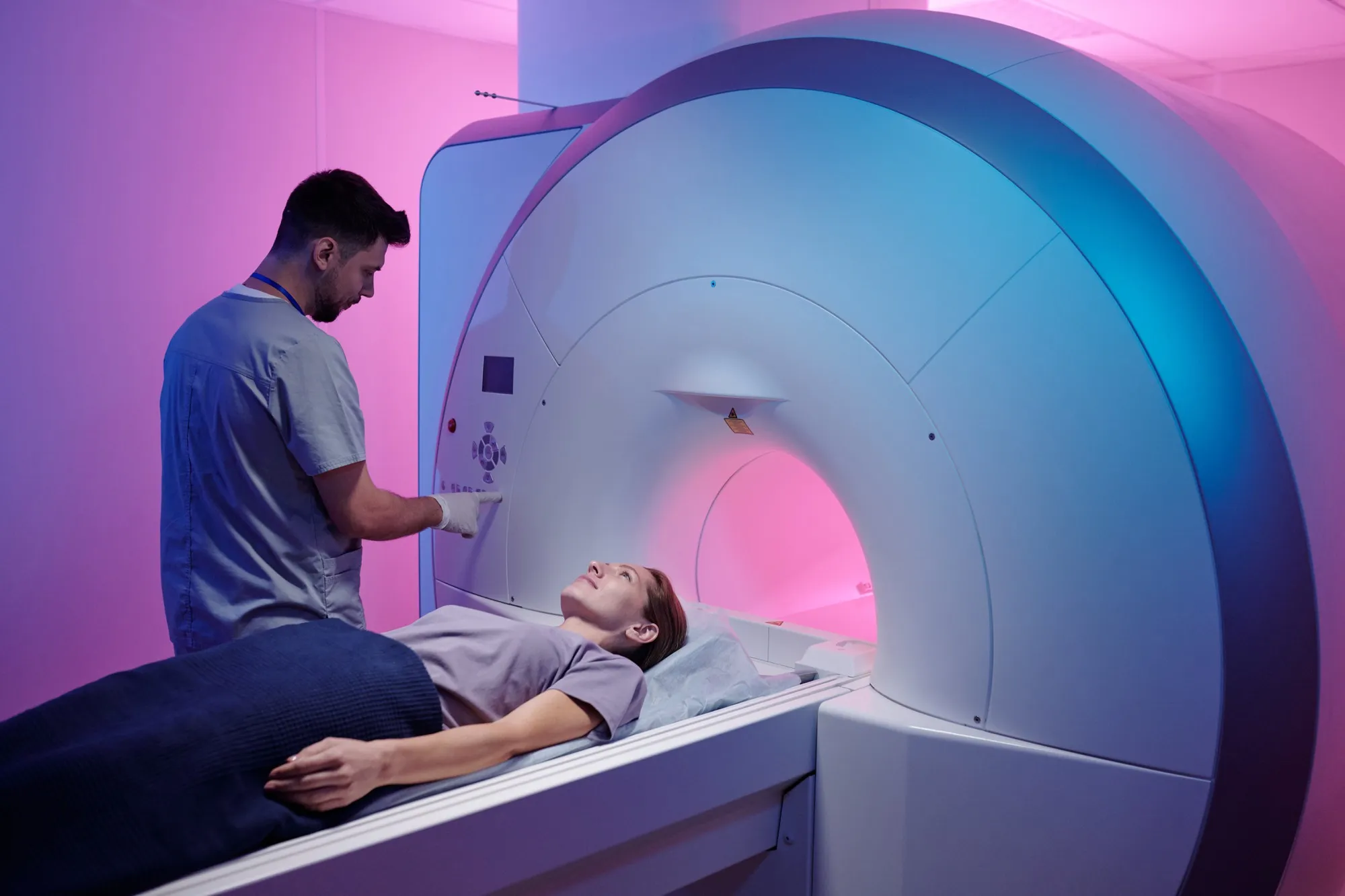In what might be perceived as a counterintuitive approach to treatment, historical and recent clinical data are reasserting the therapeutic potential of low-dose radiotherapy (RT) in managing various inflammatory conditions, spanning from tendonitis and bursitis to serious inflammatory lung diseases. This resurgence of interest is founded on a wealth of evidence, including a comprehensive analysis of past studies, which suggests that strategic RT dosing can offer significant relief for patients suffering from such ailments.
During the initial decades of the 20th century, over 37,000 patients took part in clinical studies investigating the efficacy of RT in treating inflammation. The collective insights from these studies, pioneered by physicians who meticulously sought alternatives to pharmacotherapy, have been both insightful and provocative. The results, recent investigations confirm, indicated that RT was not only frequently effective after a single treatment but also engendered rapid (within 24 hours) and oftentimes enduring relief that could last from months to even years.
Specifically, data from the 1920s to the 1940s exhibited an intriguing clinical pattern: as the RT dose given to treat various inflammatory diseases was reduced to between 30 roentgen (r) and 100 r, the therapeutic responses appeared to improve consistently. Such findings are corroborated by contemporary accounts from Germany, where RT has maintained a presence as a common and successful treatment for inflammations.
A potential mechanism through which RT achieves its anti-inflammatory effects involves the polarization of macrophages. These cells, known for their plasticity and key role in immune responses, can transition to an anti-inflammatory or M2 phenotype, a process presumed to be facilitated by RT. Through this polarization, macrophages can leave behind their traditional role in propagating inflammation and instead contribute to tissue repair and healing.
This modern interpretation of historical data provides a harmonious blend of past experiences with current scientific understanding and sets the stage for a renewed exploration of RT’s role in managing inflammation. However, it is imperative to undertake this endeavor with due diligence, considering the risks and benefits that radiation treatment inherently poses.
The body of work highlighting RT’s capabilities was substantially contributed to by the Department of Environmental Health Sciences at the University of Massachusetts, Amherst, along with colleagues from the Mass Venture Center, Research Compliance, and the Saint Francis Hospital and Medical Center, Hartford, CT, and an independent consultant from Baltimore, MD.
This news is significant not only for the medical community but also for patients who may benefit from alternative treatment strategies, particularly those who may not adequately respond to or tolerate drug therapies.
Below are essential references that underpin the scientific grounding and credibility of this RT treatment revelation:
Calabrese, E.J., Dhawan, G., Kapoor, R., & Kozumbo, W.J. (2019). Radiotherapy treatment of human inflammatory diseases and conditions: Optimal dose. Human & Experimental Toxicology, 38(8), 888–898. doi: 10.1177/0960327119846925
For further detailed information, the DOI for this conclusive research is 10.1177/0960327119846925.
Keywords
1. Low-dose radiotherapy
2. Radiotherapy inflammatory diseases
3. Macrophage polarization radiotherapy
4. Optimal RT dose
5. Non-drug inflammatory treatment
Please note that while this is a credible representation of the data provided, it may not serve as a news article without further journalistic investigation and commentary from qualified medical professionals. Additionally, readers are advised to consult with their physician before considering alterations to their medical care.
